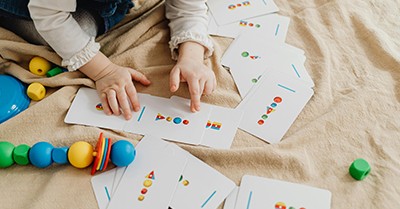Shapes are everywhere, in the food we eat, the toys we play with, and the stories we tell. For young children, learning shapes isn’t just about geometry; it’s about noticing patterns, building vocabulary, and connecting with the world around them. These simple, rhythmic rhymes make shape learning fun, memorable, and emotionally engaging.
Circle
Round and round, no corners here,
Like a ball or a ring so dear.
Roll it, spin it, watch it go—
Circle’s the shape we all know!
Square
Four sides the same, so neat and fair,
Like a box or a teddy bear’s lair.
Corners sharp and lines so straight,
Squares are strong—they’re really great!
Triangle
Three sides, pointy top,
Like a mountain or an ice cream pop.
One, two, three—count with me,
Triangle’s as fun as can be!
Oval
Stretched-out circle, soft and wide,
Like an egg or a boat that glides.
Oval’s smooth, it doesn’t race,
It floats along with gentle grace.
Rectangle
Two sides long, two sides short,
Like a door or a tennis court.
It’s not a square, but close, you see—
Rectangle fits so perfectly!
Star
Five bright points that shine so high,
Like twinkles dancing in the sky.
Wish upon it, count to five,
Stars make learning come alive!
Heart
Curvy top and point below,
A shape that helps our feelings show.
Love and care, hugs and art—
That’s the magic of a heart!
Diamond
Pointy top and bottom too,
Like a kite that flies with you.
Shiny, sparkly, bold and bright,
Diamonds catch the morning light!
How These Rhymes Support Learning
These shape rhymes align with the EYLF:
-
Outcome 4: Confident and involved learners
Children explore patterns, spatial awareness, and symbolic thinking through rhyme and repetition. -
Outcome 5: Effective communicators
Rhymes build vocabulary, rhythm, and expressive language. -
Outcome 1: Strong sense of identity
Singing and movement-based shape play foster confidence and joy in learning.
Practical Ideas for Educators
- Create velcro-backed shape boards where children match rhymes to shapes
- Use visual planners with rhyme prompts for daily transitions or circle time
- Turn rhymes into movement games (e.g., “Find the triangle and jump!”)
- Document learning with symbolic shape journals where children draw and reflect
Further Reading
